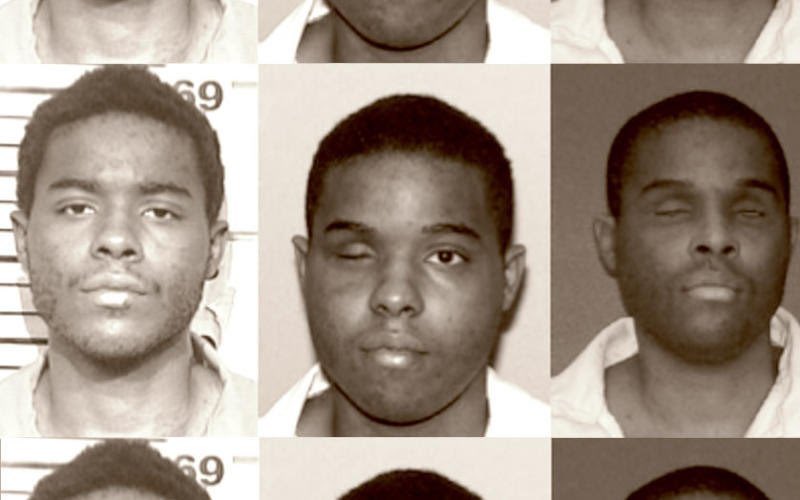The case of a man who slaughtered his family, then gouged out his eyes, will be reviewed Tuesday by an appellate court panel in New Orleans.
This is a very mentally ill man who still faces execution he desperately needs psychiatric care

RELATED
The barbarity of the murders shocked the small city of Sherman
Proceedings began in February 2005. While Thomas’s lawyers never denied that he had committed the murders, they argued he should be found not guilty because his mental illness prevented him from knowing right from wrong.
Thomas was sent to death row at the Polunsky Unit in Livingston, where he continued slashing his throat and wrists. Finally, in December 2008, he gouged out his remaining left eye.
Should we be trying to execute someone who would do that, a man with a severe mental illness, psychosis, and maybe schizophrenia?
That depends on who you talk to. The U.S. Supreme Court has, over the last sixteen years, carved out
How do we determine if someone’s mental illness is so severe as to cross over the line into insanity? The Supreme Court has said that if an inmate has a “rational understanding” that he is being executed because of his crime,
Thomas’s lawyers have so far lost at every step of the appellate way, in both state and federal courts. To get the most recent denial (that of the federal court) reviewed,
The lawyers are also asking the high courts to finally declare the end of
The state’s brief argues Thomas was a manipulative, violent juvenile delinquent who knew right from wrong and whose psychosis was induced by drug and alcohol abuse.
If the court grants it, Thomas’s case will eventually be considered in detail by the Fifth Circuit, and both sides will file briefs all over again.
Thomas isn’t actually living on death row in Livingston. Since he gouged out his second eye, he’s been incarcerated at the Beauford H. Jester IV Unit, a psychiatric facility in Fort Bend County.










